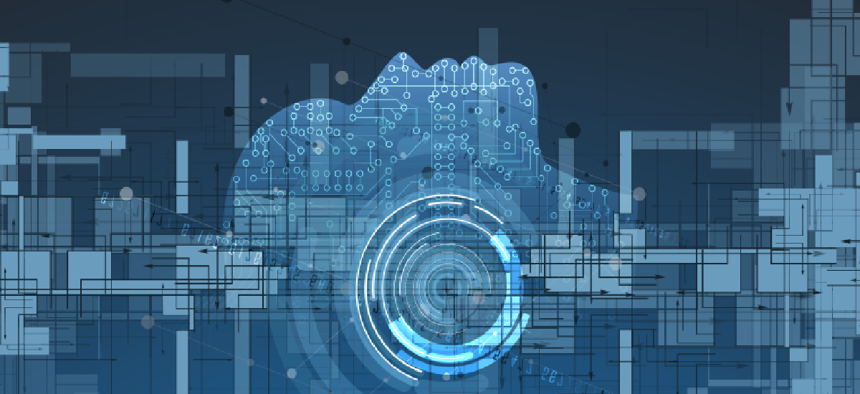Bringing AI into the federal technology fold

Agencies are beginning to develop new capacity to incorporate emerging technologies for every use in data analysis.

Federal data analytics and automation efforts are still getting organized around a larger new paradigm, Gil Alterovitz, director of artificial intelligence at the Department of Veterans Affairs, said at ATARC's Oct. 24 Federal Artificial Intelligence And Data Analytics Summit.
The VA is testing a number of artificial intelligence-driven projects to help patients, including programs to reduce waiting times at its facilities, predict potential suicides and monitor customer service.
Todd Myers, automation lead at the National Geospatial-Intelligence Agency, said the government should look to companies like Uber and Amazon for models of how to use data to advance their missions.
"These companies are successful, and the government will be successful when we break down the organizational silos" of units that may working on their own data analytics and data sets, he said. "The days of separate business units and organizations going off and doing their own thing, I think are long gone. I think the federal government is leaning hard and fast in changing that approach,” Myers said.
Agencies are also beginning to think about how to more broadly organize, codify and analyze the data AI and machine-learning technology produces.
"When I look at the federal space, I see pockets of people trying to develop data capabilities and make decisions with data, but we’re not doing it in a way where it’s very repeatable,” said Edward Dowgiallo, principal solutions architect at the Department of Transportation.
"It's kind of the [1990s] with IT, where organizations were starting to make the move with business lines, evolving their own projects. We created CIO shops that consolidated the IT," he said. "We're going to need to start doing that with data analysis activities."
NEXT STORY: FAA chief data officer wants to pace development


